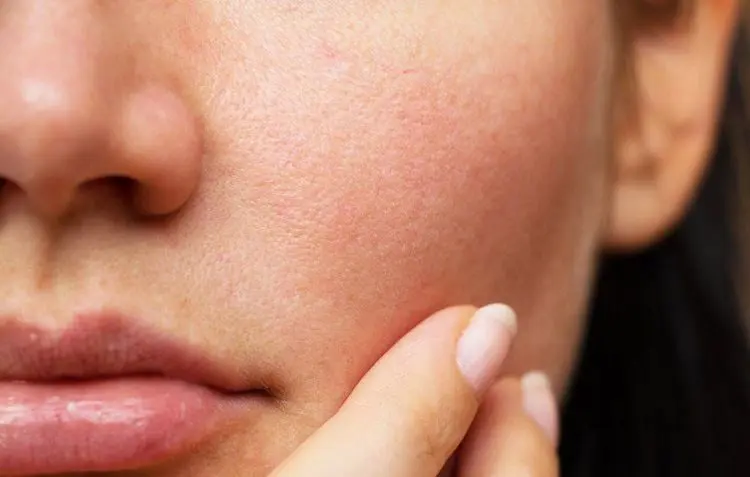1. Skin is affected by diet
In fact, topical products only solve up to 20% of skin problems, while the remaining 80% depends on factors inside the body. That’s why adjusting your diet properly provides the body with essential nutrients, brightens the skin, and reduces harmful substances—leading to more effective acne treatment.
Acne is often caused by hormonal changes in the body, which is why it commonly appears during adolescence and teenage years.
During puberty, the body produces more hormones called insulin-like growth factor (IGF-1). Studies show that IGF-1 can increase sebum production and worsen acne symptoms. Avoiding foods that raise IGF-1 levels may help improve acne symptoms and prevent breakouts.
When pores become clogged, this is the main reason acne develops.
2. Principles of building a diet for acne-prone skin
2.1. Prioritize seasonal foods
Seasonal foods are fresher and more nutritious than off-season produce. Out-of-season fruits and vegetables are often grown with stimulants and pesticides that can harm the body and even trigger skin issues.
2.2. Prioritize home-cooked meals
Although restaurant food is tempting, it often lacks hygiene and contains excessive oil and seasoning. Cooking at home ensures food safety and provides healthier meals.
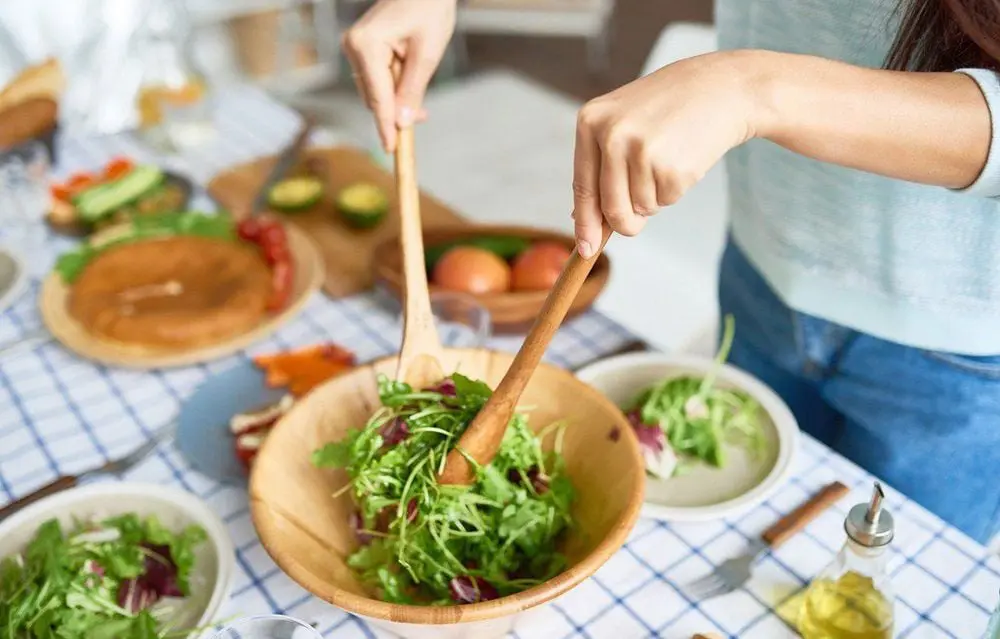
2.3. Balance nutrients
Avoiding harmful foods is good, but cutting out entire nutrient groups can cause deficiencies. A balanced meal should include: carbohydrates, protein, healthy fats, vitamins, and minerals.
2.4. Cook food the right way
Steaming or boiling your favorite dishes is the best way to avoid excess oil intake. This reduces internal heat, one of the main causes of acne today.
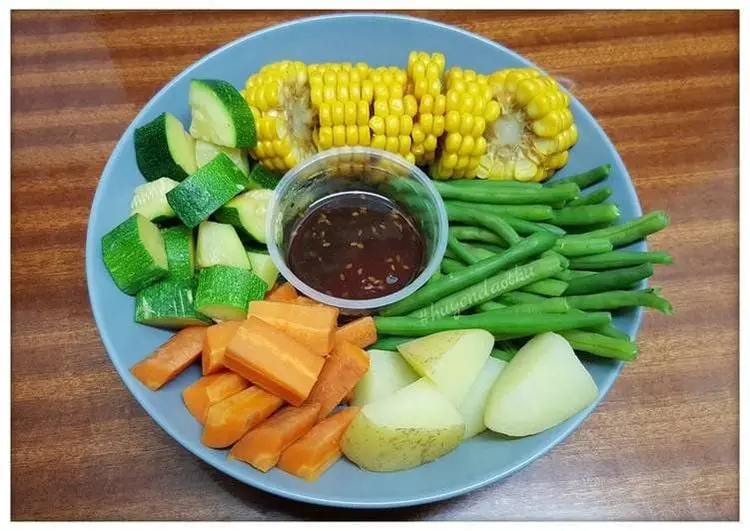
2.5. Plan a weekly menu
Busy schedules often push people toward fast food or pre-packaged meals, which may be low quality and harmful to the skin. Preparing a weekly menu ensures healthier meals for the whole family.
3. Nutrient-rich foods for acne-prone skin
3.1. Turmeric
A common ingredient in skincare products, turmeric contains curcumin, which has anti-inflammatory and antioxidant properties. It targets clogged pores, soothes skin, and helps reduce scars—making it a true friend to your skin.
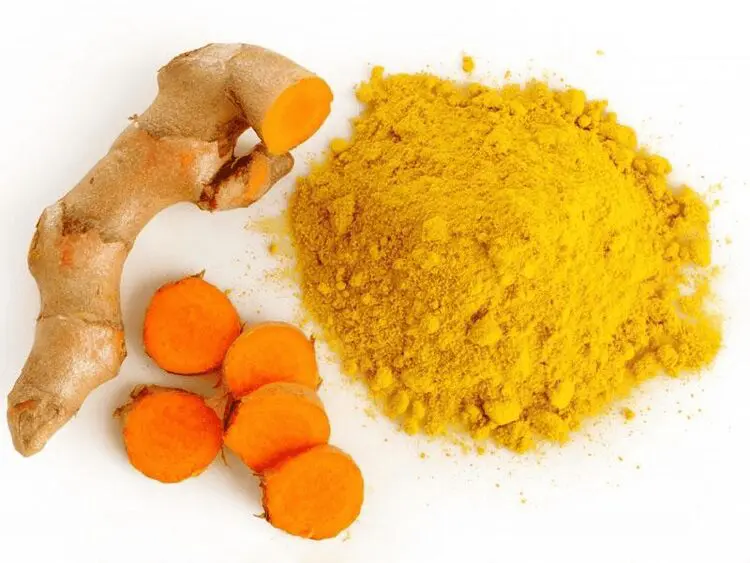
3.2. Berries
Strawberries, raspberries, and blueberries are small but packed with antioxidants that protect the skin and help fade dark spots. They are also rich in vitamin C, a strong defender against uneven skin tone.
3.3. Papaya
This fruit, often found in skincare formulas, contains an enzyme called papain. Papain exfoliates dead skin cells, unclogs pores, fades acne scars, hydrates skin, and prevents future breakouts. Its vitamins and minerals also improve skin elasticity and reduce wrinkles.
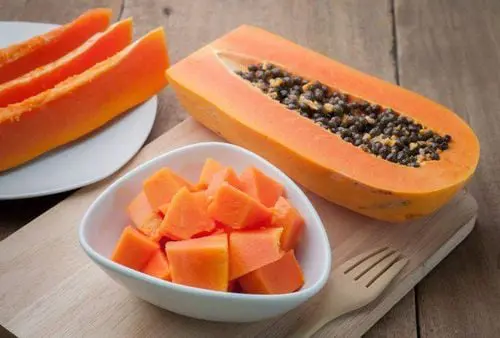
3.4. Pumpkin
Beyond pumpkin spice lattes, pumpkin is rich in fruit enzymes, zinc, and AHAs that soften skin and restore pH balance. Zinc regulates oil production, which is why pumpkin extract is common in skincare.
3.5. Omega-3 fatty acids
Foods like salmon, anchovies, sardines, and mackerel are high in omega-3s and antioxidants that help reduce skin inflammation.
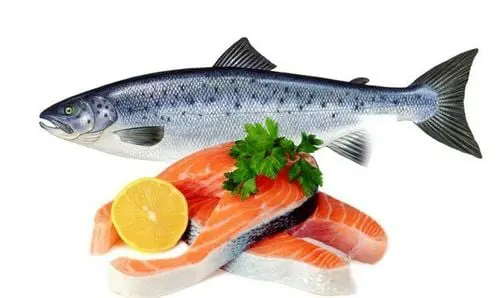
3.6. Sweet potatoes
Rich in retinol (vitamin A), sweet potatoes boost skin cell regeneration, speeding up acne scar healing. Pairing retinol-rich foods with skincare products containing retinol enhances results.
3.7. Kale and leafy greens
This anti-inflammatory vegetable is loaded with vitamins and minerals that reduce hyperpigmentation, preventing acne scars from leaving dark patches.
4. Foods that help prevent acne
4.1. Collagen
Collagen accelerates tissue recovery. Good collagen-rich foods include:
- Cucumbers and celery, which are hydrating and support collagen production.
- Dark leafy greens, which stimulate collagen synthesis.
- Red fruits and vegetables like tomatoes, peppers, and radishes, which contain antioxidants and lycopene that boost collagen and protect skin from sun damage.

4.2. Protein
As a key building block of skin tissue, protein is essential for healthy skin. It provides amino acids like L-lysine and L-proline that support collagen production.
Animal proteins (chicken, beef, fish, eggs, dairy) are “complete proteins” with all essential amino acids. Plant proteins are “incomplete,” but still valuable depending on your preferences and dietary needs.
4.3. Vitamin C
When you think of vitamin C, you often associate it with boosting immunity and fighting off colds and flu. However, not many people realize that vitamin C is also an essential beauty nutrient. It helps prevent signs of aging, strengthens blood vessels, enhances skin elasticity and firmness, and regenerates other antioxidants in the body.
Vitamin C is crucial because it strengthens the immune system and slows down degeneration, which helps delay early signs of aging. In fact, it plays a major role in maintaining healthy collagen—the structural support of the skin.
It acts on connective tissue and is necessary for collagen synthesis. Collagen keeps the skin firm, youthful, and resilient while maintaining elasticity and the ability to repair itself. Vitamin C can be found in citrus fruits such as oranges, lemons, and grapefruits, as well as in amla, tomatoes, sprouted grains, and leafy greens. Amla is considered one of the richest natural sources of vitamin C.
Fruits should be a part of your daily diet, as many of them are packed with vitamin C. Lemon, for instance, is a rich source of vitamin C and minerals. Adding lemon juice to a glass of warm water in the morning helps detoxify the body and brighten the skin.
Oranges are also high in vitamin C. Besides including them in your meals, you can apply orange juice directly to your skin or use it in facial packs. It helps restore the skin’s acid-alkaline balance, removes tanning, and reduces dark spots. Orange peel is even richer in vitamin C than the fruit itself. Dried orange peel powder can be used as an exfoliant or face mask to absorb excess oil and tighten pores.
Vitamin C is also a powerful antioxidant. That’s why including citrus fruits, apples, tomatoes, and similar foods in your diet helps prevent oxidative damage, slow visible aging, and improve skin texture for a more even tone.
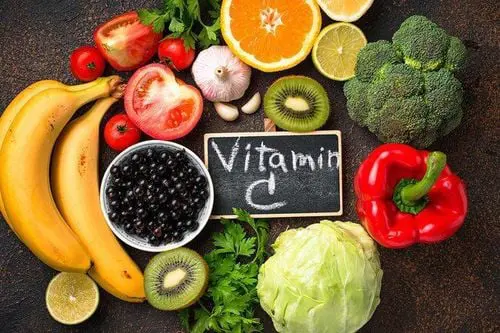
4.4. Vitamin A
A deficiency in vitamin A delays skin healing. Foods rich in vitamin A—such as yellow, orange, and dark green vegetables—help accelerate recovery and stimulate collagen production.
4.5. Zinc and iron
Zinc is essential for protein and collagen synthesis, while iron delivers oxygen to damaged skin tissues. Deficiency in either slows down healing. Good sources include whole grains, meat, eggs, dairy, and oysters.
